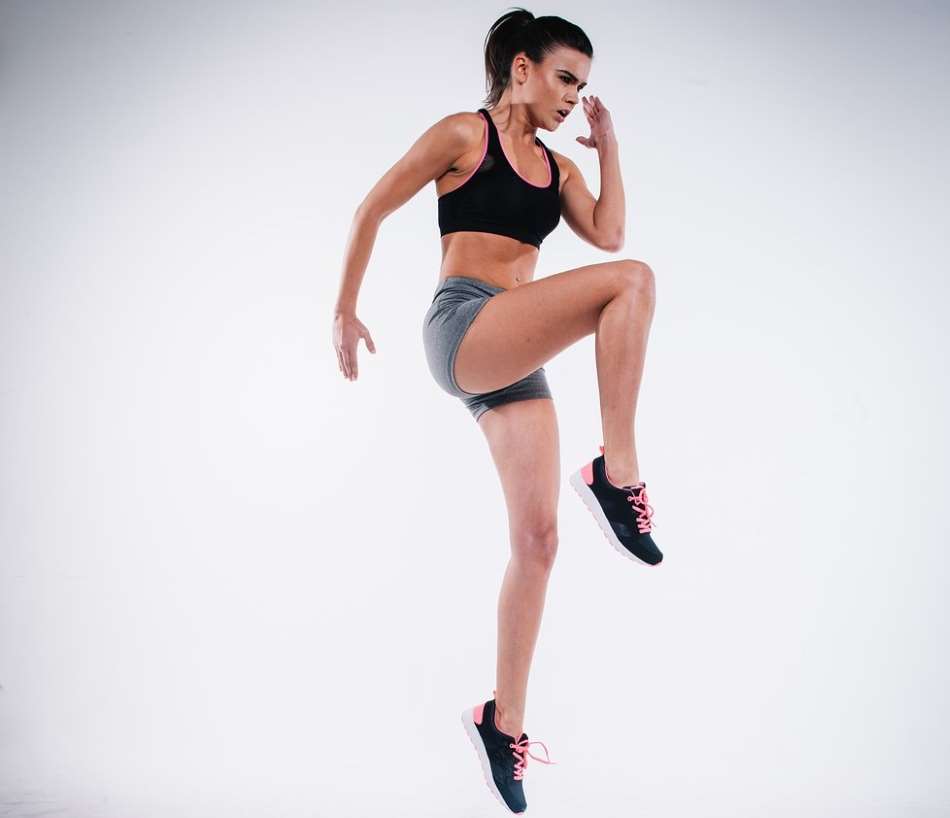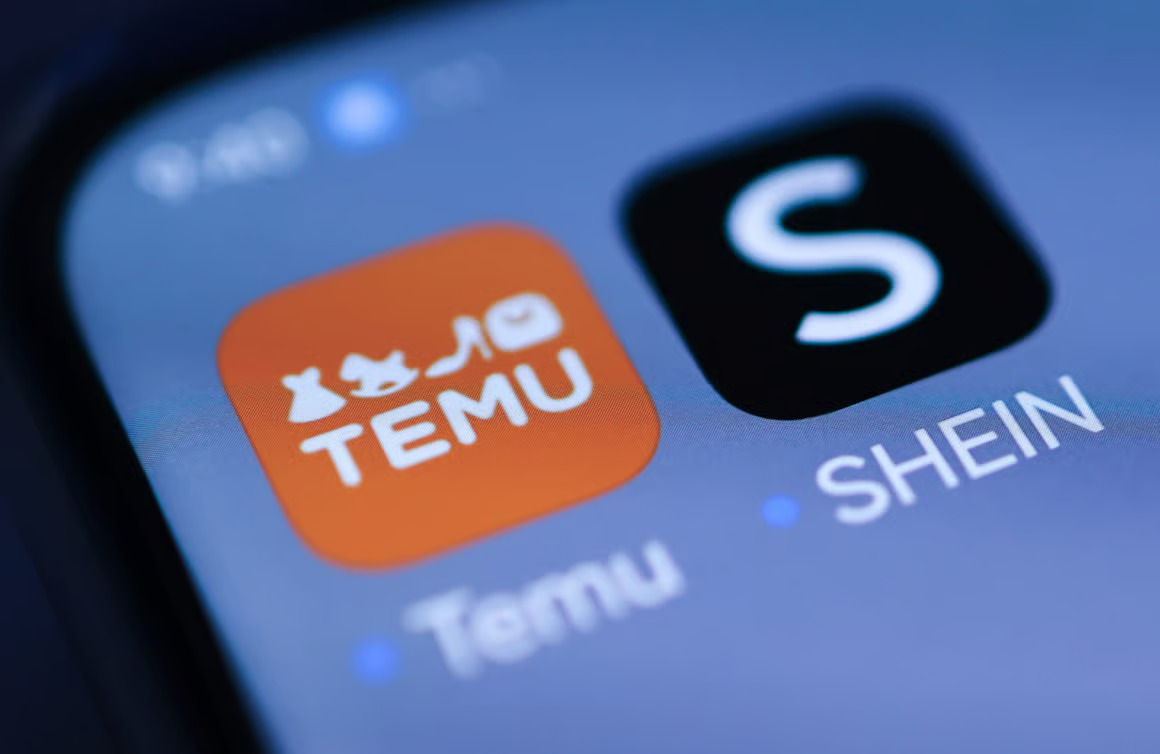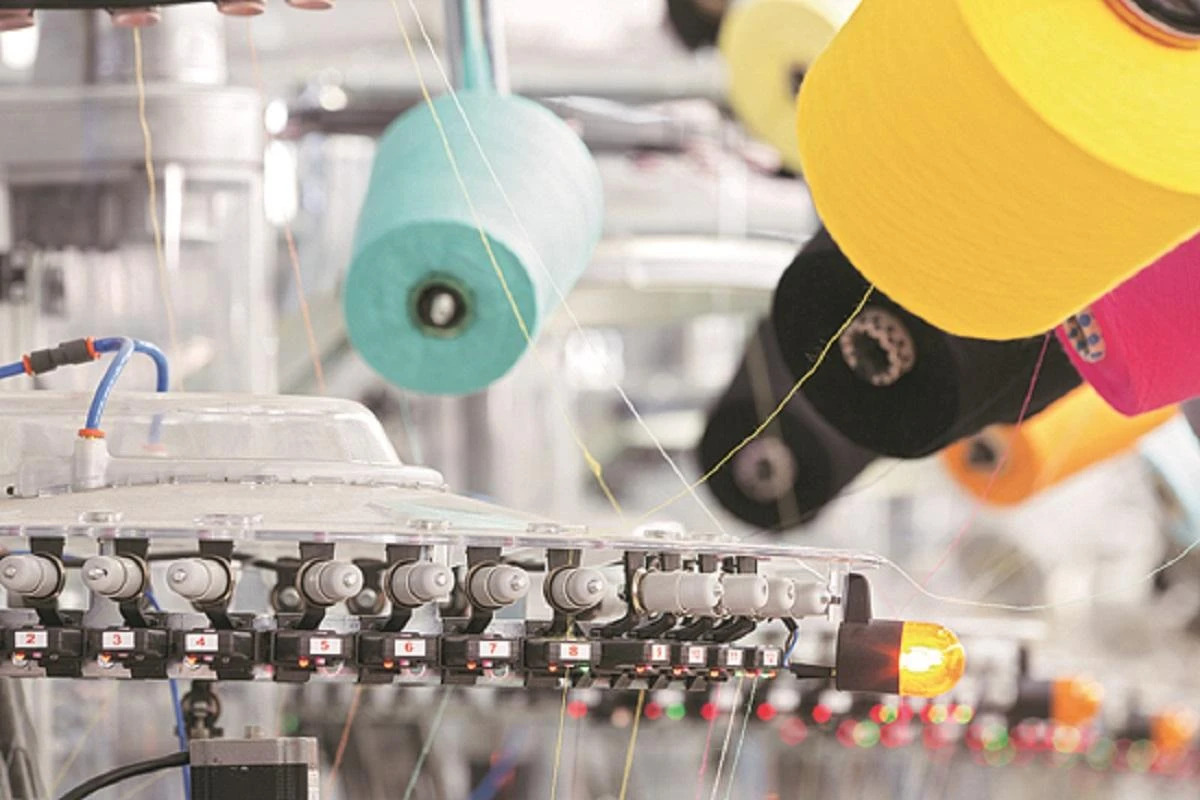
With heightened awareness around health and wellness in the post-Covid era, sports-inspired clothing has injected new vitality into the fashion industry. Particularly, the youth segment seeks stylish attire not only for gym sessions but also for home workouts. The surge in global sports events and tournaments has further amplified the demand for athletic clothing styles.
A recent report on the ‘Sports-Inspired Clothing Market’ by Future Market Insights (FMI), a leading provider of custom and syndicated global market research states, this segment is currently experiencing a Compound Annual Growth Rate (CAGR) of 4.20 per cent. It is projected to reach a global valuation of $315,035.4 million in 2024 and is anticipated to soar to $475,689.7 million by 2034.
In response to this trend, various sports brand manufacturers are expanding their offerings to include a diverse portfolio of sustainable, versatile, and breathable sportswear. This caters specifically to the youth segment, which is keen on following clothing trends, celebrity-inspired styles, and supporting sustainability initiatives. The product portfolio of most athletic-wear brands encompass high-quality tops and T-shirts, hoodies and pullovers, jackets and vests, pants and tights, shorts, skirts and dresses, sports bras, and accessories, catering to a wide range of income levels.
Awareness and social media increase sales
Growing environmental consciousness among affluent consumers requires strategic measures to enhance sales. The impact of social media influencers, brand ambassadors, and celebrity endorsements is proving crucial in promoting eco-friendly features in sportswear products. Concurrently, the surge in online shopping platforms from various countries is saturating the sportswear market.
The FMI report underscored the prevailing trend of oversized essentials crafted from body-sculpting textured materials. Additionally, there is increasing demand for tennis dresses and complementary accessories, reshaping consumer preferences in the sportswear market and presenting new opportunities for industry players.
In this dynamic landscape, major players must consistently innovate their portfolios and navigate challenges to foster brand loyalty, a task made more intricate in a fluctuating economy. Prominent players like Nike are responding to this demand by introducing new products, such as plus-size activewear for sports activities. This range offers breathable wear with an expanded size scale from 0X to 4X. Similarly, niche clothing and accessories brands like Alo Yoga have recently launched muse hoodies and sweatpants featuring jogger-style silhouettes.
Need to address market challenges
FMI's country-specific insights indicate burgeoning sports activity is propelling the US market with a projected Compound Annual Growth Rate (CAGR) of 0.014 per cent in the global market during the forecast period. Increasing engagement in sports activities is fostering the adoption of sports-inspired clothing, driving the expansion of the US market. Similarly, the workout wear trend is boosting the French market which is expected to achieve a CAGR of 0.022 per cent. France's sportswear segment acts as a fashion hub, placing significant emphasis on recreational activities across all age groups and genders.
Despite the current popularity of sports-inspired clothing, this segment encounters several challenges in its highly fragmented landscape. Leading players must continually compete to offer more versatile and cost-effective designer sports apparel portfolios to stay ahead of fashion trends. Evolving consumer fashion preferences, especially among women, and escalating competition from other fashion apparel brands are factors diminishing the appeal of sports-inspired clothing due to its limited utility. Additionally, disruptions in the supply chain and cross-border tensions have led to a scarcity of materials needed for manufacturing specialized sportswear, presenting a significant limitation.
Nevertheless, the consumer segment inclined towards fitness-inspired purchases of sports-inspired clothing is experiencing rapid growth across all countries. This trend is expected to sustain the global market's revenue expansion in the coming years.












